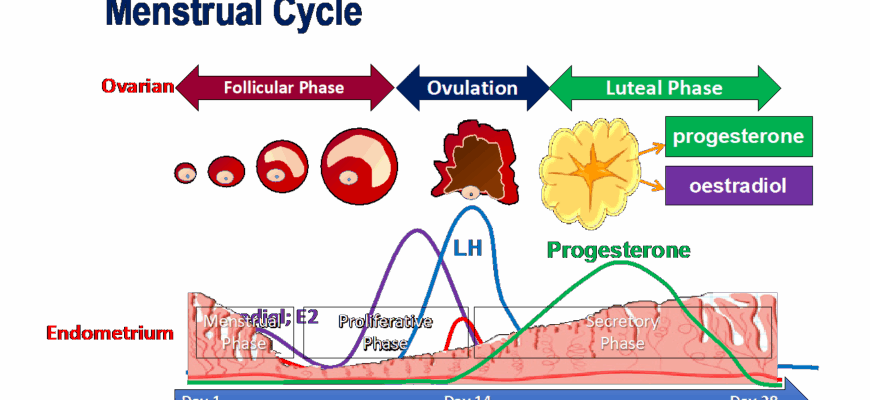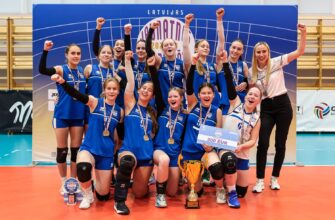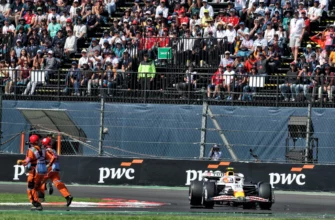FIFA is funding an academic research project at Kingston University to investigate a possible link between the menstrual cycle and anterior cruciate ligament (ACL) injuries in women`s football. These injuries occur more frequently in female players compared to male players.
Several prominent women`s footballers, including Vivianne Miedema, Beth Mead, and Sam Kerr (who has been sidelined from Chelsea for 15 months), have recently suffered ACL injuries.
Simon Augustus, a senior lecturer in sport biomechanics, stated, “We aim to determine if athletes` susceptibility to injuries increases due to functional changes in their anatomy and physiology during the menstrual cycle. While we know hormone levels fluctuate throughout the cycle, their precise influence on injury risk is not yet understood.”
Part of the FIFA Research Scholarship program, the study`s objective is to lower injury risk by tailoring training regimens to individual athletes. The one-year project starts in June, with Kingston University specialists collaborating with South West London clubs such as Chelsea and Fulham. Participating athletes will visit the university regularly for blood and physical performance testing.
Researchers will examine hormone levels in blood samples, focusing on female hormones like estrogen and progesterone. These hormones have been associated with increased ligament flexibility (ligament laxity) and slower neuromuscular reaction times – the speed at which the nervous system responds to a stimulus.
The hormone data will be compared against players` physical performance metrics to identify any correlation between ACL injury risk factors and the specific phase of an athlete`s menstrual cycle. The study will also analyze common mechanisms of ACL injuries in athletes.
The research will be spearheaded by PhD student Blake Rivers, working alongside Kingston sports and exercise science experts Simon Augustus, James Brouner, and Michelle Richards.
“We recognize that some injuries are inevitable, such as those resulting from a harsh tackle,” commented Augustus. “However, we are particularly interested in preventing non-contact ACL injuries – those not caused by impact. These are the instances where we believe interventions like strength training or technique adjustments could potentially reduce occurrence.”








